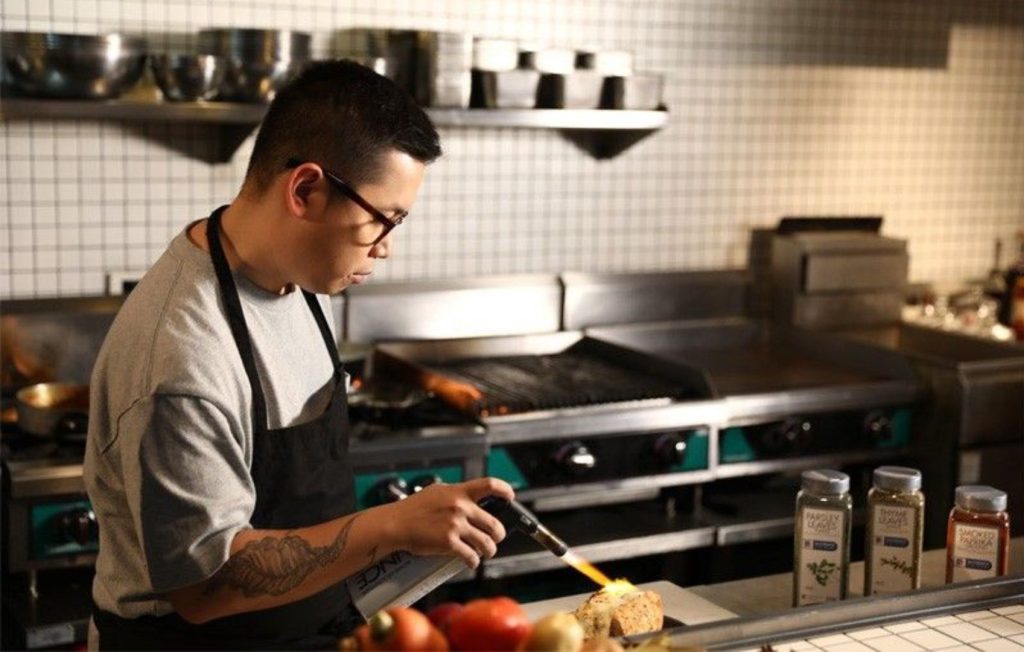Growing your own herbs and vegetables at home is a rewarding and fulfilling experience that can provide you with fresh, organic produce right at your fingertips. Not only does it save you money on grocery bills, but it also allows you to have full control over the quality of the food you are eating. Whether you have a large backyard or a small balcony, there are plenty of ways to grow your own herbs and vegetables at home.
First, you will need to choose what plants you want to grow. Herbs like basil, parsley, mint, cilantro, and thyme are great options for beginners as they are relatively easy to grow and maintain. For vegetables, tomatoes, peppers, lettuce, carrots, and cucumbers are popular choices that can be grown in a variety of climates. Consider what you like to cook and eat regularly, as well as what grows well in your local climate.
Next, you will need to decide where to plant your herbs and vegetables. If you have a backyard, you can create a traditional garden bed or raised beds. Raised beds are a great option as they provide better drainage and can help prevent pests from getting to your plants. If you have limited space, consider using containers or vertical gardening techniques. Hanging baskets, window boxes, and wall-mounted planters are all great options for growing herbs and vegetables in small spaces.
Before you start planting, it’s important to prepare the soil properly. Herbs and vegetables thrive in well-drained, nutrient-rich soil. You can improve the soil in your garden beds by adding compost, aged manure, or other organic matter. If you are using containers, make sure to use a high-quality potting mix that is specifically formulated for vegetables and herbs.
Once you have your soil prepared, it’s time to start planting. Herbs can be grown either from seeds or seedlings. If you are planting from seeds, follow the instructions on the seed packet for proper planting depth and spacing. Make sure to water them regularly and keep the soil moist but not waterlogged. If you are planting seedlings, carefully transplant them into the soil, making sure to give them plenty of room to grow.
For vegetables, it’s important to pay attention to spacing and sunlight requirements. Some plants, like tomatoes and peppers, require full sun, while others, like lettuce and spinach, can tolerate partial shade. Make sure to give your plants enough space to grow and spread out. Plant taller plants towards the back of your garden bed or containers, and shorter plants towards the front.
Once your herbs and vegetables are planted, it’s important to establish a regular watering and maintenance routine. Most herbs and vegetables require at least 1 inch of water per week, either from rainfall or supplemental watering. Check the soil regularly to make sure it stays consistently moist but not waterlogged. Mulching around your plants can help conserve moisture and prevent weeds from growing.
It’s also important to fertilize your herbs and vegetables regularly to ensure they have enough nutrients to grow and produce. Organic fertilizers, like compost, aged manure, or fish emulsion, are great options that won’t harm your plants or the environment. Follow the instructions on the fertilizer package for proper application.
Pest and disease management is another important aspect of growing herbs and vegetables at home. Keep an eye out for common pests like aphids, caterpillars, and slugs, and take action to remove them before they can damage your plants. There are plenty of natural remedies you can use to control pests, like neem oil, insecticidal soap, or homemade garlic spray. If your plants are suffering from a disease, like powdery mildew or blight, make sure to remove and dispose of any infected plant material to prevent it from spreading.
Harvesting your herbs and vegetables is a rewarding experience that allows you to enjoy the fruits of your labor. Herbs can be harvested as needed, by snipping off a few leaves or stems as you cook. Vegetables should be harvested when they are mature and ready to eat. Tomatoes, peppers, and cucumbers should be picked when they are firm and fully ripe, while lettuce and spinach can be harvested when the leaves are tender and young.
By following these tips and techniques, you can grow your own herbs and vegetables at home and enjoy the benefits of fresh, organic produce right in your own backyard or balcony. Not only will you save money on grocery bills, but you will also have the satisfaction of knowing exactly where your food comes from and how it was grown. So roll up your sleeves, get your hands dirty, and start growing your own herbs and vegetables at home today!

